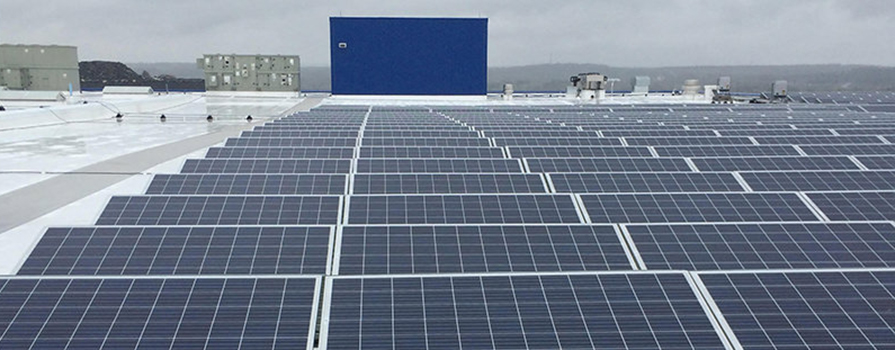Getting into the green scene

Back in 2013, while working on his thesis that focused on computer modelling to predict offshore wind turbine behaviours, Bahram Farrokkhzad realized the importance of renewables.
Bahram saw that countries across the globe were moving from fossil fuels towards renewables. “Germany’s goal to reach 20 per cent renewable energy production from wind by 2020 was a real eye opener for me,” says Bahram. “Once I understood the importance of going green, I shifted my career focus. I’m ecstatic to be in my final year of the Energy Sustainability Engineering Technology (ESET) program at NSCC's Annapolis Valley Campus.”
An avid mountain biker, skier and rock climber, Bahram feels a responsibility to preserve the great outdoors. “I understand, feel and enjoy existing in this world,” says Bahram. “The competitive part of me strives to be at the top of my class, but it’s equally important that I use my skills to help others succeed. Personally, and professionally, I aspire to leave a positive effect behind me.”
Recognized as a hard worker with a positive attitude, an ESET faculty recommended Bahram for a four-month paid internship at ROCarbon Labs. “Barham is a thoughtful and organized energy analyst. His attention to detail and wide energy perspective enable him to examine a wide array of creative energy efficiency solutions,” says Jamie Thomson, ESET instructor.
ROCarbon Labs monitors the energy consumption of facilities with remote sensing using an online platform. “My job as an Energy Analyst at ROCarbon Labs is to collect and analyze data to optimize efficiency and reduce energy consumption,” says Bahram.
A solar study done by NSCC Energy Research shows that on some days, IKEA (which is Atlantic Canada’s largest producer of solar energy through its rooftop panels) produces more solar electricity than it consumes. ROCarbon Labs is working to ensure the solar surplus will be used effectively. Due to net-metering legislation, a solar install as large as IKEA’s cannot feed excess solar back to the Nova Scotia power grid.
“My very first thought was to use IKEA’s summer solar power surplus to generate and store hydrogen as energy storage and then reuse in winter. It could either heat directly or generate electricity using a hydrogen-base generator. This is a raw idea that needs to be developed further.”
It’s not always easy balancing work and school, but when Bahram thinks of graduating with work experience in his field, he knows it’s worth it.
“My favourite part of the ESET program is the interactive atmosphere of the classrooms. Even though most of our classes are online, we’ve still managed to keep that spirit of learning together alive. NSCC has exceeded my expectations every step of the way.”
